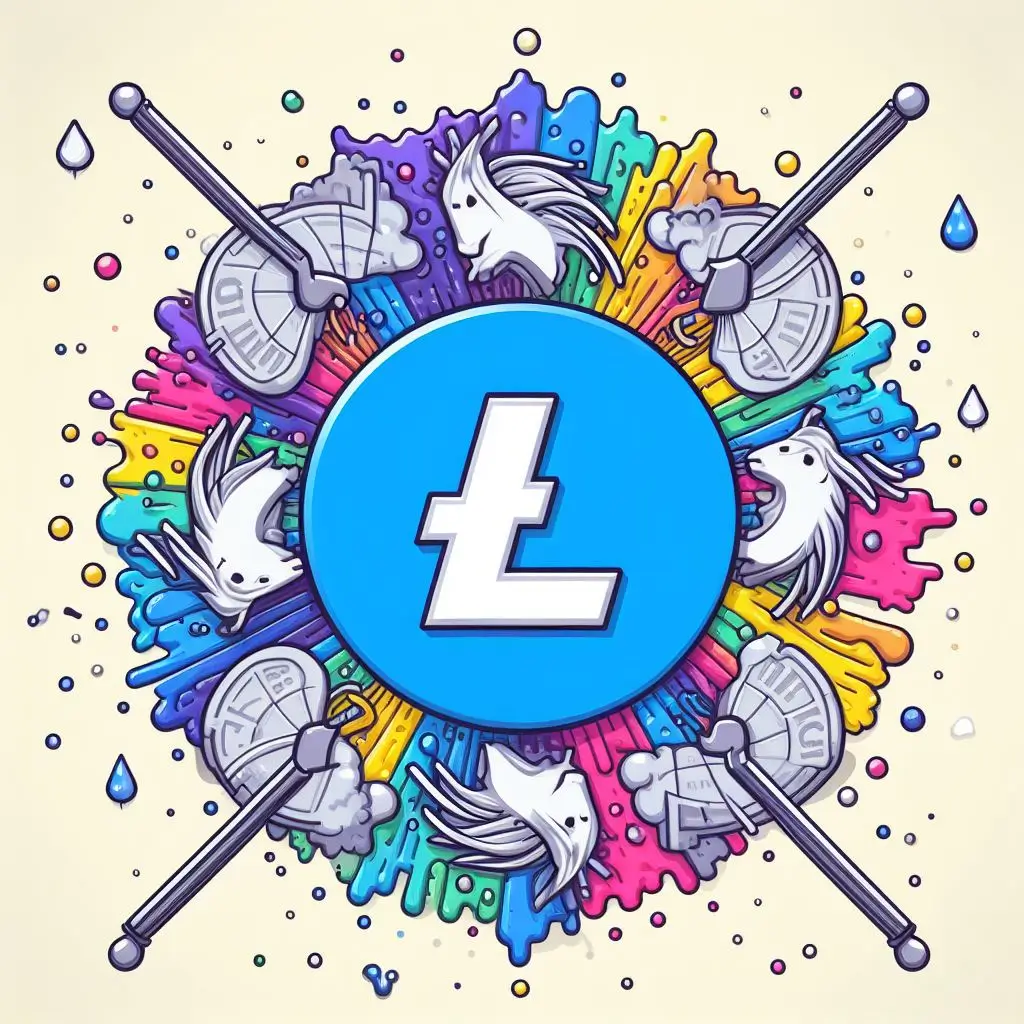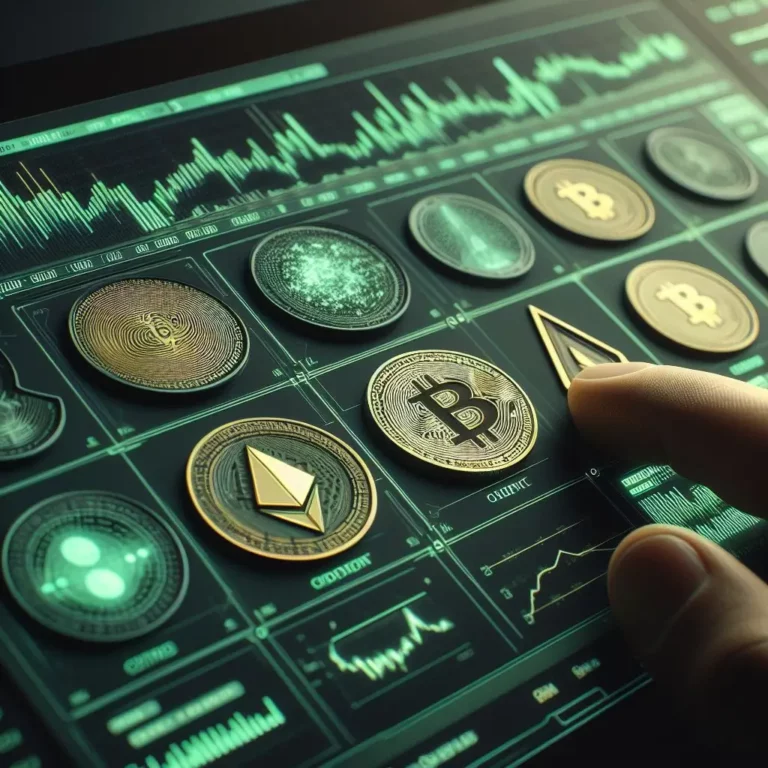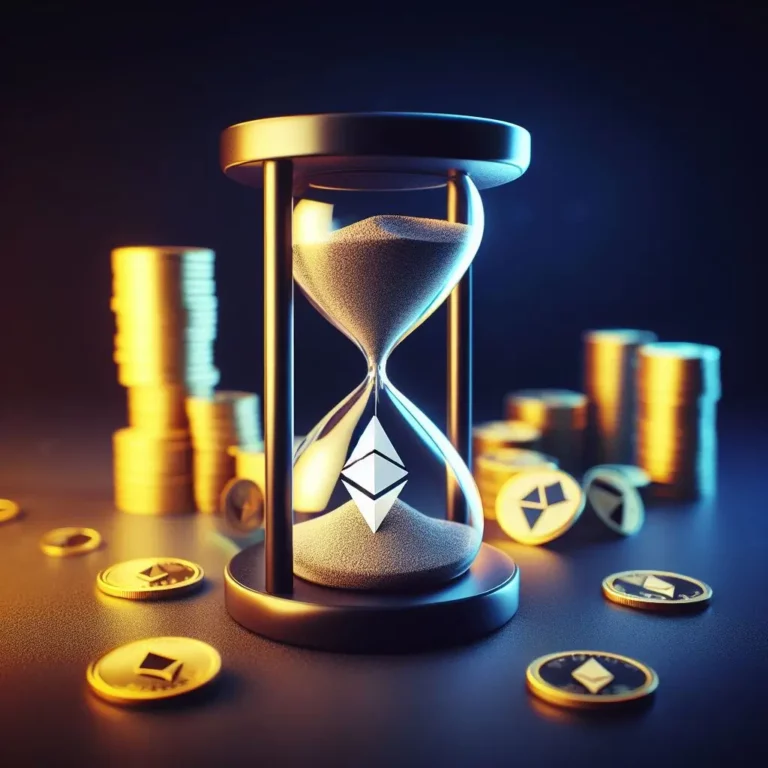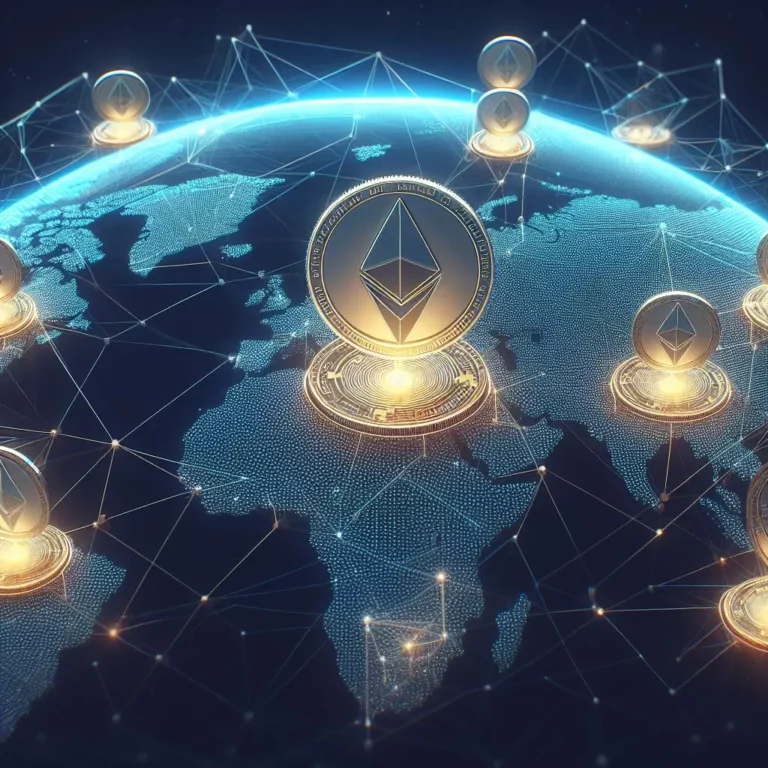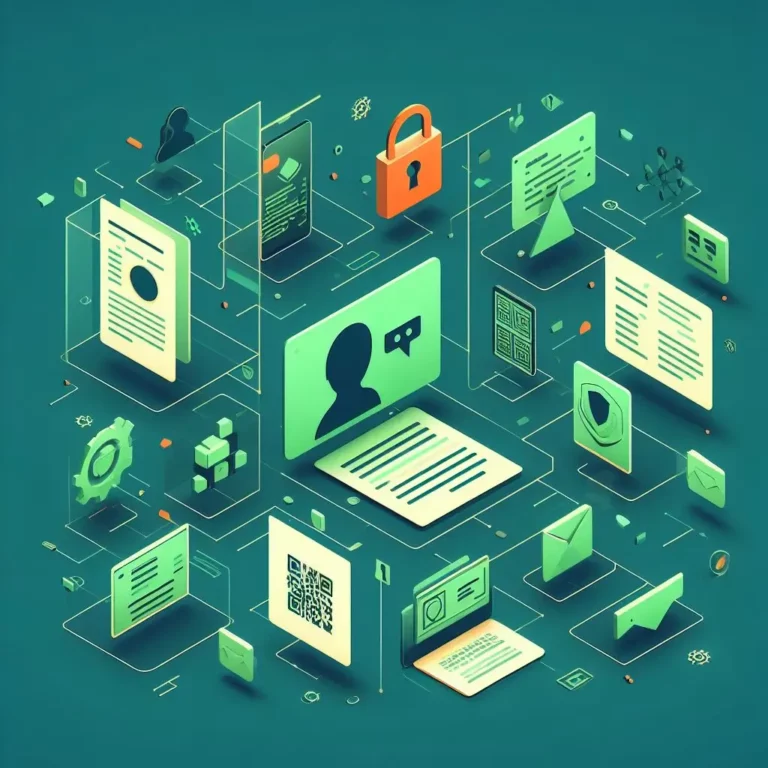Cryptocurrency has become a household name in recent years, with Bitcoin leading the charge into the world of digital money. But it’s not just Bitcoin that’s making waves. Litecoin, often abbreviated as LTC, is another cryptocurrency that has gained recognition. In this article, we’ll explore what Litecoin is, why it was created, and what makes it unique.
What is Cryptocurrency?
To understand Litecoin, let’s first clarify what cryptocurrency is. In the simplest terms, cryptocurrency is a form of digital or virtual currency that relies on cryptography for security. It exists solely in the digital realm, and unlike traditional money, it isn’t controlled by any central authority, like a government or a bank.
What is Litecoin?
Litecoin, often referred to as “silver” in comparison to Bitcoin’s “gold,” is one of the many cryptocurrencies available today. Created in 2011 by Charlie Lee, a former Google engineer, Litecoin shares some similarities with Bitcoin but also has its own unique characteristics.
Why was Litecoin Created?
Litecoin was born out of the desire to address some of the perceived limitations of Bitcoin. It aimed to create a cryptocurrency that was faster and more accessible to everyday users. Think of Litecoin as the solution to a common problem: you’re in a hurry to send money to a friend, and you don’t want to wait for ages for the transaction to be confirmed. That’s where Litecoin comes in.
Key Features of Litecoin
Now that we know why Litecoin was created, let’s delve into its key features. Litecoin is like the modern, efficient version of traditional money. It allows for faster transaction processing compared to Bitcoin, making it an excellent choice for everyday payments. Think of it as the digital equivalent of paying for your coffee with a debit card, but without the bank intermediaries slowing things down.
In the next section, we’ll explore the history of Litecoin and discover how it was inspired by Bitcoin’s success.
How Does Litecoin Work?
Litecoin, like Bitcoin, operates on a technology called blockchain. To understand how it works, we’ll break it down into three key components: mining, transactions, and wallets.
1. Mining
Mining in the world of cryptocurrencies is a bit like digging for gold in the digital world. Instead of shovels, miners use powerful computers to solve complex mathematical puzzles. These puzzles validate and record transactions on the Litecoin network, ensuring its security and integrity.
Miners are rewarded for their efforts with newly created Litecoin and transaction fees. Think of it as a treasure hunt in the digital wilderness, with miners competing to be the first to find the solution and add a new block to the blockchain.
2. Transactions
Now, let’s talk about how transactions work in Litecoin. When you want to send LTC to someone, a transaction is created and broadcast to the Litecoin network. This transaction includes the recipient’s Litecoin address and the amount of LTC you want to send.
Once a transaction is broadcast, miners verify and add it to a block. This process ensures that the money you’re sending is legitimate and can’t be spent twice, a concept known as double spending. Think of it as a digital cashier who checks that you have enough funds in your account before processing your payment.
3. Wallets
To use Litecoin, you’ll need a digital wallet, which is a secure place to store your LTC. Think of it as a digital version of your leather wallet, but it can hold all your cryptocurrencies.
There are different types of wallets, from software wallets that run on your computer or smartphone to hardware wallets that are like small, dedicated computers for your cryptocurrencies.
Your wallet stores your private keys, which are like secret passwords that give you access to your Litecoin. Just like you wouldn’t want anyone to steal your physical wallet, you need to keep your digital wallet secure.
Litecoin vs. Bitcoin
Litecoin and Bitcoin are like two siblings in the cryptocurrency family. They share a lot of similarities but also have their unique qualities. In this section, we’ll conduct a comparative analysis to help you understand the differences and similarities between these two cryptocurrencies.
A Comparative Analysis
Let’s kick things off with a comparative analysis. The main difference is the way they handle transactions. Litecoin processes transactions faster than Bitcoin. Think of it like choosing between express and regular mail. Litecoin is the express option, giving you faster confirmation times, while Bitcoin transactions may take a bit longer.
Differentiating Factors
Litecoin and Bitcoin have different algorithms for mining. Litecoin uses Scrypt, which is more memory-intensive, while Bitcoin uses SHA-256. This means that Litecoin’s mining is more accessible to everyday people because you don’t need high-end, specialized equipment. Think of it as different puzzles: one is more like a jigsaw, and the other is like a crossword.
Litecoin also has more coins in circulation compared to Bitcoin, but that doesn’t mean it’s less valuable. In fact, it’s often used for smaller, everyday transactions, while Bitcoin is often seen as a digital gold store of value.
Market Positioning
Bitcoin is like the pioneer that paved the way for cryptocurrencies. It’s often seen as a store of value, similar to gold. Litecoin, on the other hand, positions itself as a digital currency for everyday transactions. Think of it like Bitcoin is the gold in your vault, and Litecoin is the cash in your wallet for daily expenses.
Litecoin is a popular choice for those who want fast, affordable transactions. It’s like using a modern, efficient payment method compared to traditional banks that can be slower and more expensive.
In the next section, we’ll explore the various practical uses of Litecoin and why it’s gaining attention in the world of finance.
Use Cases of Litecoin
Litecoin’s versatility extends to various practical applications in the world of finance. In this section, we’ll explore how Litecoin is being used for online and offline payments, peer-to-peer transfers, international payments, and even micropayments.
Online and Offline Payments
Litecoin is increasingly becoming a choice for online and offline payments. Think of it as a digital wallet full of cash you can spend at your favorite online stores or even at local businesses that accept cryptocurrency. It’s like having your own digital piggy bank ready for action.
Imagine ordering pizza online and using Litecoin to pay for it. You’d enjoy a fast, secure, and borderless transaction. No need to worry about currency exchange rates or slow bank transfers – it’s all handled swiftly.
Peer-to-Peer Transfers
Litecoin’s design is perfect for peer-to-peer transactions. Whether you owe a friend for dinner or want to send a gift to a family member on the other side of the world, Litecoin makes it easy. It’s like handing cash directly to someone, no middlemen, and no delays.
Think of it as sending a digital “thank you” card with a little extra Litecoin attached. The recipient can then use it for their own purposes or send it to someone else – it’s the gift that keeps on giving.
International Payments
Sending money across borders can be a hassle, with high fees and slow processing times. Litecoin can change that. It’s like a bridge connecting different currencies and making international payments a breeze. Imagine a world where you can send money to your family abroad as easily as sending a text message.
The speed and cost-effectiveness of Litecoin can revolutionize the way we handle international transactions, making it more accessible to everyone.
Micropayments
Ever wanted to pay a few cents for reading an article, watching a video, or playing a game? Litecoin is perfect for micropayments. Think of it as digital pennies that you can effortlessly send for small services or content. It’s a way to reward creators and service providers for their work, without breaking the bank.
With Litecoin, the concept of micropayments becomes a reality, unlocking a world of possibilities for content creators and consumers alike.
How to Buy and Sell Litecoin?
Now that you’ve got a good grasp of what Litecoin is and how it works, you might be wondering how to get your hands on some LTC or convert it back to your local currency. In this section, we’ll explore the various ways to buy and sell Litecoin.
Cryptocurrency Exchanges
Cryptocurrency exchanges are like digital marketplaces where you can buy, sell, and trade various cryptocurrencies, including Litecoin. Think of them as the online equivalent of a stock exchange, but instead of stocks, you’re trading digital assets.
To get Litecoin on an exchange, you’ll need to create an account, verify your identity (in most cases), and then deposit funds. Once your account is funded, you can place orders to buy Litecoin. It’s like shopping online, but instead of adding items to your cart, you’re adding Litecoin to your digital wallet.
Peer-to-Peer Marketplaces
Another way to acquire Litecoin is through peer-to-peer (P2P) marketplaces. These platforms connect buyers and sellers directly, eliminating the need for an intermediary. It’s like a digital classifieds section where you can find people willing to sell Litecoin and agree on a price.
Using P2P platforms can offer more privacy and flexibility in your transactions. You might find sellers who accept various payment methods, from cash to online transfers. It’s a bit like a digital negotiation where you and the seller agree on terms that work for both of you.
Litecoin Wallets
Before you can buy Litecoin, you’ll need a place to store it, and that’s where Litecoin wallets come in. Wallets are like your digital pockets, where you keep your cryptocurrencies safe. There are different types of wallets, from software wallets that run on your computer or smartphone to hardware wallets that are like digital vaults.
Think of your wallet as your personal bank for Litecoin. When you buy LTC, it’s stored in your wallet until you’re ready to spend or sell it. Just like you’d keep your cash in a physical wallet, you want to keep your digital wallet secure.
Conclusion
We’ve explored what Litecoin is and how it works, delving into the world of mining, transactions, and wallets. We’ve compared it to its big brother, Bitcoin, and discovered the distinguishing features that set Litecoin apart.
As we wrap up, it’s essential to keep in mind that the world of cryptocurrency is ever-evolving. Litecoin continues to be a key player in this ever-changing landscape, and its future outlook is promising. While we can’t predict the future with certainty, Litecoin’s potential for growth and adoption in the world of finance remains exciting. Its speed, affordability, and versatility make it a valuable addition to the cryptocurrency ecosystem.
